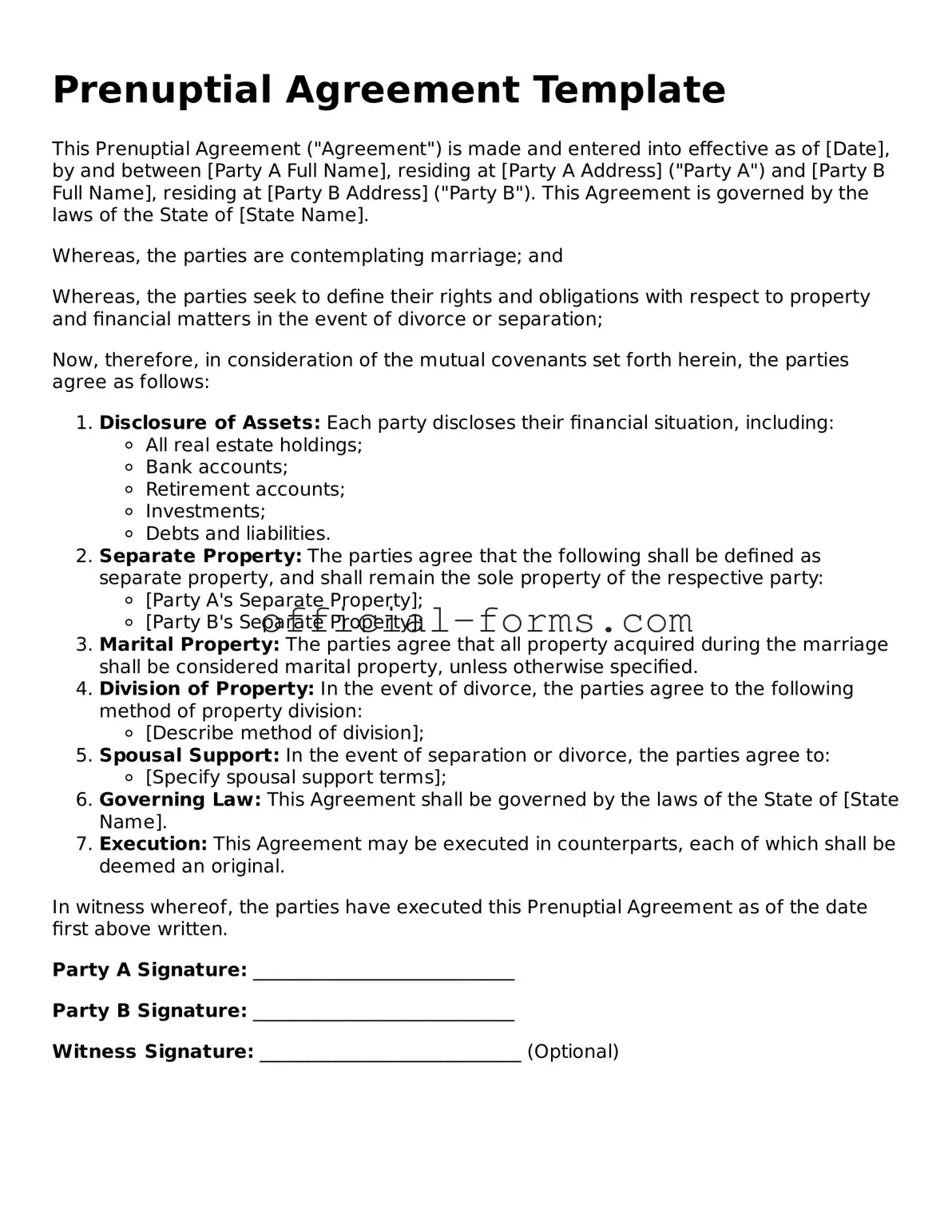Filling out a prenuptial agreement can be a daunting task, and many people make mistakes that can lead to complications later on. One common error is not being clear about the terms. Vague language can create confusion and lead to disputes. It’s essential to be specific about what assets are included and how they will be handled in case of a divorce.
Another mistake is failing to disclose all assets and debts. Full transparency is crucial. If one partner hides significant financial information, it can invalidate the agreement. Both parties should openly discuss their financial situations to ensure fairness.
Many couples overlook the importance of having the agreement reviewed by separate legal counsel. This step ensures that both parties fully understand their rights and obligations. Without independent legal advice, one partner might feel pressured or misinformed about the implications of the agreement.
Timing can also be a pitfall. Waiting until the last minute to draft and sign the prenuptial agreement can lead to rushed decisions. Couples should start this process well in advance of the wedding to allow ample time for discussion and revision.
Some individuals make the mistake of using generic templates without customization. While templates can be a helpful starting point, each couple's situation is unique. Tailoring the agreement to reflect personal circumstances is vital for its effectiveness.
Additionally, failing to update the prenuptial agreement after significant life changes is a common oversight. Events such as the birth of a child, a change in income, or the acquisition of new assets can necessitate revisions. Regularly reviewing the agreement ensures it remains relevant and fair.
Another mistake is neglecting to consider future income and assets. Some agreements only address current assets, ignoring the potential for growth or new acquisitions. It’s wise to include provisions for future earnings to avoid disputes later on.
Emotional factors can also cloud judgment. Couples may rush through discussions or make compromises out of fear of conflict. It’s essential to approach these conversations with honesty and a willingness to listen, ensuring that both partners feel heard and respected.
Finally, many people fail to understand the legal requirements for a prenuptial agreement to be enforceable. Each state has its own laws regarding these agreements. Couples should familiarize themselves with their state’s requirements to avoid future legal challenges.
